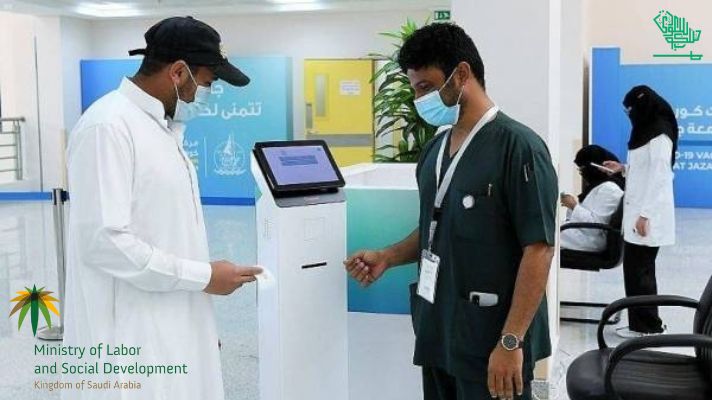Jeddah —The National Strategy for Industry was introduced Tuesday. By Crown Prince and Prime Minister Mohammed bin Salman. The strategy was to achieve the goals of the Saudi Vision 2030.
The plan concentrates on 12 subsectors to broaden the Kingdom’s industrial economy. It also simultaneously identified over 800 investment opportunities worth SR1 trillion.
“Saudi Arabia will develop into a major industrial power through this approach and in collaboration with the private sector.
According to the Crown Prince, the chairman of the Council of Economic and Development Affairs. “that helps to secure global supply chains and sell high-tech products to the world.”
“We are in a position to develop an industrial economy that is both competitive and sustainable.
Thanks to the driven young people, the unique geographic location, the abundant natural resources, and the top national industrial firms. “added he.
Recommended: Do You Need a Business Visa to Travel to Saudi Arabia?
The strategy aims to create an industrial economy that attracts investments. According to Saudi Vision 2030, this will help achieve economic diversification and develop the local economy and non-oil exports.
To diversify the industrial economy of the Kingdom, the National Strategy for Industry concentrates on 12 subsectors.
To create a new chapter of sustainable growth for the industry and meet the Kingdom’s ambitious economic returns goals by 2030.
They are simultaneously identifying more than 800 investment possibilities totaling SR1 trillion.
These benefits include a threefold increase in domestic industrial production. They also experienced a twofold increase in the value of industrial exports, SR557 billion.
They are creating tens of thousands of high-quality jobs. The strategy aims to raise exports of advanced technology products by nearly sixfold and increase the overall value of additional investments in the industry to SR1.3 trillion.
One of the cornerstones of Saudi Vision 2030 is the industrial sector, which the leadership pays great attention to.
Launching the National Industrial Development and Logistics Program, They created a separate ministry to oversee the industry. They also founded several new initiatives and organizations.
All of these have led to a doubling of industrial enterprises. The industrial enterprises in 42 years had not risen above 7,206 factories.
After Vision 2030, their number increased by more than 50%, reaching 10,640 industrial facilities in 2022. By 2035, there should be roughly 36,000 manufacturers, according to the strategy’s ability to spur sector growth.
Recommended: Virtually visit Neom City: Part 1
Saudi Arabia seeks global leadership in a select group of commodities by investing in promising new technologies.
The strategy also aims to increase the industrial sector’s flexibility and competitiveness, which ensures continuity of access to critical commodities for the welfare of citizens.
To accomplish these challenging national objectives, the Supreme Committee for Industry presided over by the Crown Prince, was established as a model for the industrial sector’s governance.
Along with the establishment of the Industrial Council. The presence of the private sector means that industrial investors are involved in decision-making and policy formulation.
Based on solid industrial foundations and achievements, the industrial sector of the Kingdom developed over 50 years.
It helped boost the gross domestic product by more than SR 340 billion. It offered several high-quality jobs and business prospects in various industrial sectors.
Recommended: Opening Of The 25hours Hotel In NEOM’s Mountain Resort Trojena
Leading national industrial enterprises are also present in the Kingdom. These enterprises helped to elevate the Saudi industry to the ranks of developed industries on a regional and international scale.
The Kingdom currently ranks as the world’s fourth-largest producer of petrochemical goods.
At the same time, its industrial outputs support the creation of numerous industries by feeding worldwide supply and manufacturing networks.
The Fourth Industrial Revolution and other industry trends align with the strategy’s debut.
The Kingdom’s goals and competitive advantages get reflected by its geographic location, abundant energy and natural resources, human capabilities, purchasing power, and stable monetary policies.
DISCLAIMER: The images/videos/logos showcased on this page are the property of their respective owners. We provide credit and sources wherever possible. However, If you find that your image/video is displayed on this blog without authorization, please contact us with the relevant details and a link to the image, and we will promptly address your concerns.

Faisal Malik is an accomplished author and the Chief Editor at Saudi Scoop. With a passion for delivering insightful and engaging content, he leads the editorial team, covering diverse topics that resonate with readers. His expertise in journalism and storytelling ensures high-quality, well-researched articles that inform and inspire.





Comments are closed.